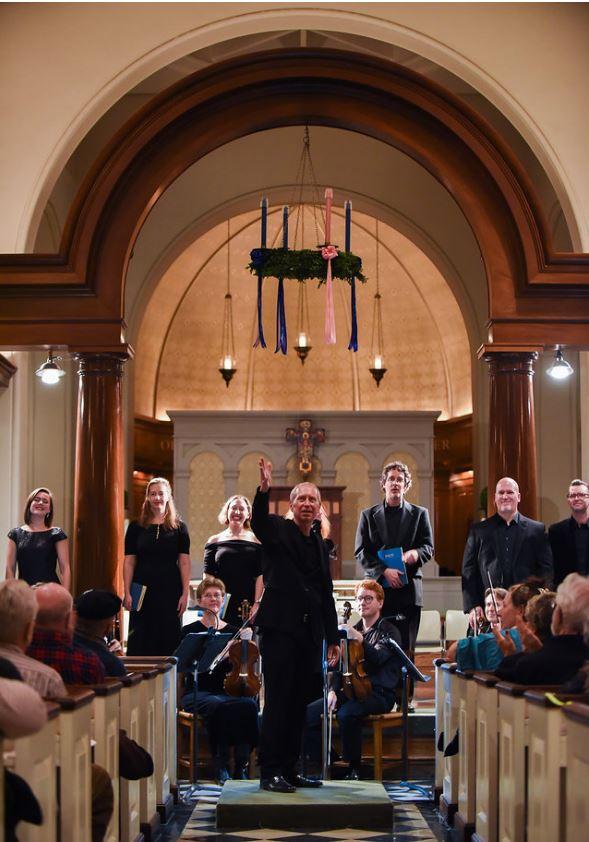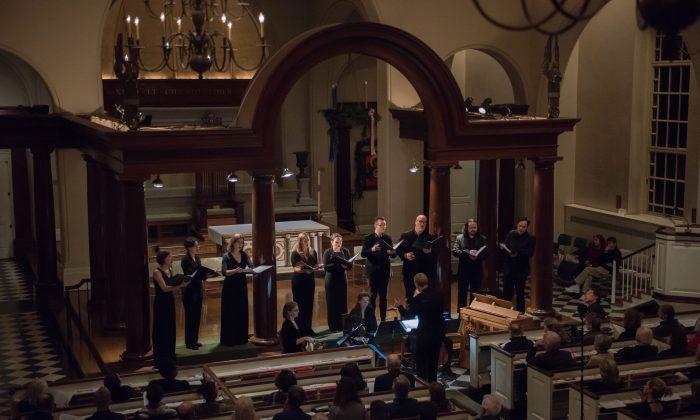The technique of tone painting goes as far back as the history of music. Even in the time of Gregorian chants, singers used little musical patterns to depict specific emotions and ideas expressed in the text. The idea of ascension might be accompanied by notes moving up the scale, or strife may be indicated by discordant harmonies.
This technique was used especially during the course of the Renaissance in Europe, where, building off the music of the Franco-Flemish school, Italian and English composers were writing madrigals. These secular, multivoiced songs influenced other music at the time as well. Sacred music, too, was incorporating more of such tone-painting techniques.
In the music of the Italian Renaissance, you may find more polyphony, and perhaps the English music was more cerebral. But the Spanish Renaissance conveyed the meaning of the words through the notes with a new degree of expressiveness.
“The Spanish Renaissance composers were very attuned to setting the text, so the music is very expressive,” said David Shuler, music director of the Choir of St. Luke in the Fields.
The Spanish Renaissance was an era of global trade. This Spanish Golden Age coincided with the Age of Discovery, when Western empires were forming around the world. From Asia to South America and back, Spain was amassing wealth and subsequently was able to foster patronage of the arts.
The concert will include works by composers Francisco Guerrero, Tomás Luis de Victoria, Alonso Lobo, and Cristóbal de Morales, “known as the finest composers in their day,” Shuler said. “It’s just amazing music.”
The concert kicks off with the call of trumpets, and then cycles through the Christian calendar with matching motets. It also cycles through a tremendous range of expression.
“In terms of text setting, there are very different effects for different texts,” Shuler said.
“There are brilliant, exhilarating motets, and there are others that are sad laments,” he said. The works were written for different seasons, such as a Palm Sunday piece that is actually a lament, and a tranquil Christmas motet. And there is an Easter piece, which Shuler said “is one of the most joyous pieces I’ve ever come across.”








Friends Read Free